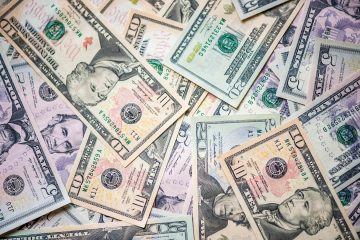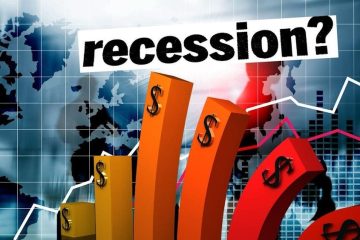Dollar poised for biggest weekly rise in 7 months on rate bets

The dollar consolidated gains on Friday and was on track for its biggest weekly rise in seven months against other major currencies as markets priced a year ahead of aggressive hikes in U.S. interest rates.
Money markets priced in a 28.5-bps-rate hike in March and as many as 119.5 bps in cumulative increases by year’s end as the dollar stayed in the limelight after a week highlighted by a hawkish Federal Reserve meeting.
The dollar index edged up 0.01% to 97.232, with the euro also barely up 0.05% at $1.1149.
“I look for some consolidation, but nothing to say that the dollar’s up move is over,” said Marc Chandler, chief market strategist at Bannockburn Global Forex.
U.S. labor costs increased strongly in the fourth quarter, but less than expected. The Employment Cost Index, the broadest measure of labor costs, rose 1.0% after increasing 1.3% in the July-September period, the Labor Department said.
Economists polled by Reuters had forecast a 1.2% advance in the ECI, widely viewed as one of the better measures of labor market slack and a predictor of core inflation.
“The employment cost index, which (Fed Chair Jerome) Powell has referred to specifically, was a bit softer than expected and has spurned some position adjusting ahead of the weekend,” Chandler said.
U.S. Treasury yields steadied, with 10-year yields trading little changed and well below two-year highs of nearly 1.9% they hit on Monday.
The two-year Treasury yield, which often moves in step with rate expectations, slid 1.8 basis points to 1.174%, but was still almost 4.7 basis points higher for the week.
The euro nursed losses on Friday with the single currency creeping marginally higher from Thursday’s 20-month low of $1.1131.
Major currencies drifted sideways in Asian trading before Chinese New Year holidays next week even though U.S. yields were marginally higher.
Data has also been supportive of the greenback with the U.S. economy registering its best annual growth in nearly four decades.
The yen edged up 0.06% at 115.30 per dollar, while the Australian and New Zealand dollars languished – the kiwi dipping slightly to a fresh 15-month low of $0.6570.
For the week so far, the dollar index has gained about 1.7% and about the same against the euro, nearly 2% on the Antipodeans. The U.S. dollar index has shot above 97 for the first time since July 2020.
Sterling was pushed to a one-month low of $1.3385 on Thursday but has bounced back to $1.3409 as traders await the Bank of England’s meeting next week. Rates markets have priced a 90% chance of a hike.




